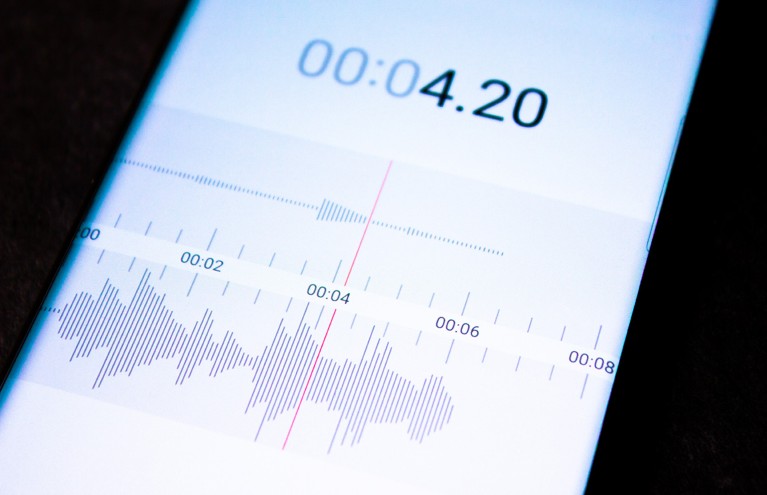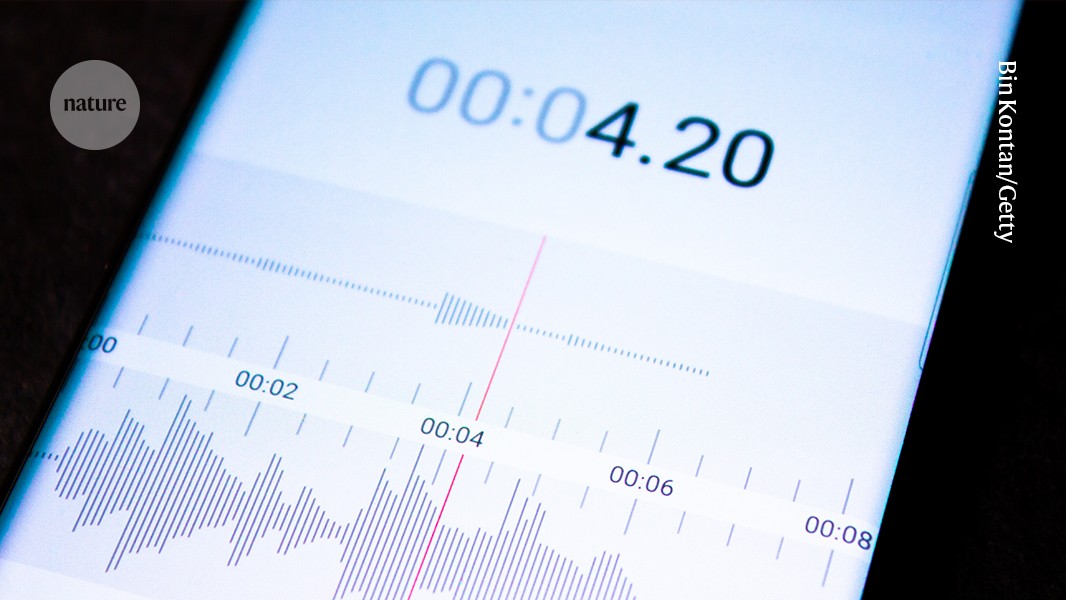
A podcast lets students engage with lecture content while on the go.Credit: Bin Kontan/Getty
Since I began teaching undergraduate biology in 2023, I have been searching for new ways to get students to engage with the content, especially outside class. I’ve tried all the classics: pre-class readings and quizzes; group discussions; sessions in which students work through practice problems; and holding office hours during which they can visit me to ask questions, just to name a few.
Many — maybe most — students are able to comprehend the material through these avenues, but others struggle, often citing time pressures. ‘I didn’t have enough time to study because I had so many exams this week.’ Or ‘I spend so much time commuting to campus that I don’t have enough time to read the textbook’. So I decided to make a podcast to add to the list of available resources.
It’s not fancy. There’s no catchy theme music, no witty advertisements or even guests. It’s just me talking about biology, audio-only. Despite its simplicity, I think it is a great way for students to engage with the content in my course while they’re taking a run, travelling or driving to and from campus.
Word of mouth
The idea came to me while I was attending a virtual conference about online teaching. One speaker suggested generating podcasts from assigned readings, using artificial intelligence (AI). The AI part sounded cool, but I worried about it editing or unexpectedly tweaking what I was trying to teach. So I decided to try to record a podcast using my own voice. A few weeks later, having taught myself about the process, I had the first dozen episodes of the Intro Biology Podcast.
Although I am certainly not a pro, I have found a few tips and tricks to make creating a podcast rather straightforward, relatively painless and even quite fun.
As long as you have a computer (or even a smartphone, really), you can make a podcast. Make sure you have some notes to guide the episode (I use my lecture slides), but don’t stress about getting it all in one take. You can always pause the recording and even re-record parts you don’t like.
Use an app such as Voice Memos (on Apple devices), Sound Recorder (for Windows) or Recorder (on Android) to record yourself speaking. Once you’ve finished, give it a quick listen — even if listening to yourself speak makes you cringe — to make sure you haven’t made any mistakes. If you are satisfied, congratulations: you have just recorded your first episode. Now you have to publish it.
To each their own
Audiences can listen to podcasts on many different platforms: Apple Podcasts, Spotify, Castbox and Audible, to name just a few. When I first considered making a podcast, I was overwhelmed by the prospect of having to distribute my episodes to all these platforms individually.
My fears were eased when I learnt about RSS feeds, which allow you to post your podcast on a single site that then distributes the episodes to all the different platforms. This saves an enormous amount of time and helps to maintain consistency. Depending on the RSS site you use (I use RSS.com, which offers discounts for educators), you can also gather useful metrics such as which platforms your listeners are using, where those listeners are around the world and which episodes are most popular.
I wasn’t doing anything too fancy, but I did want a logo that was visually appealing and looked professional enough to motivate potential listeners to click on my show. Not having any artistic skills of my own, I turned to an AI image generator. With a little tinkering, I was able to use the colour scheme from the logo to create the cover art for each episode.
This brings me to another tip: use broad, descriptive episode titles. The content I discuss in my podcast follows the progression of content in my course, but I wanted the episodes to be accessible to other audiences. So, rather than naming the episodes with a lecture date or the textbook chapter number, I gave them names based on the topic I was discussing, such as ‘Cells and Organelles’, ‘Enzymes’ and ‘Cellular Respiration’.
Global reach
In the six months since I published the first episode, the Intro Biology Podcast has been downloaded more than 4,100 times in 650 cities across 85 countries, all without any real advertisement apart from a single LinkedIn post. Because of the analytics I get from RSS.com, I can see that the city where my institution is located is among those with the most downloads, but the resource is being used by learners all over the world.


